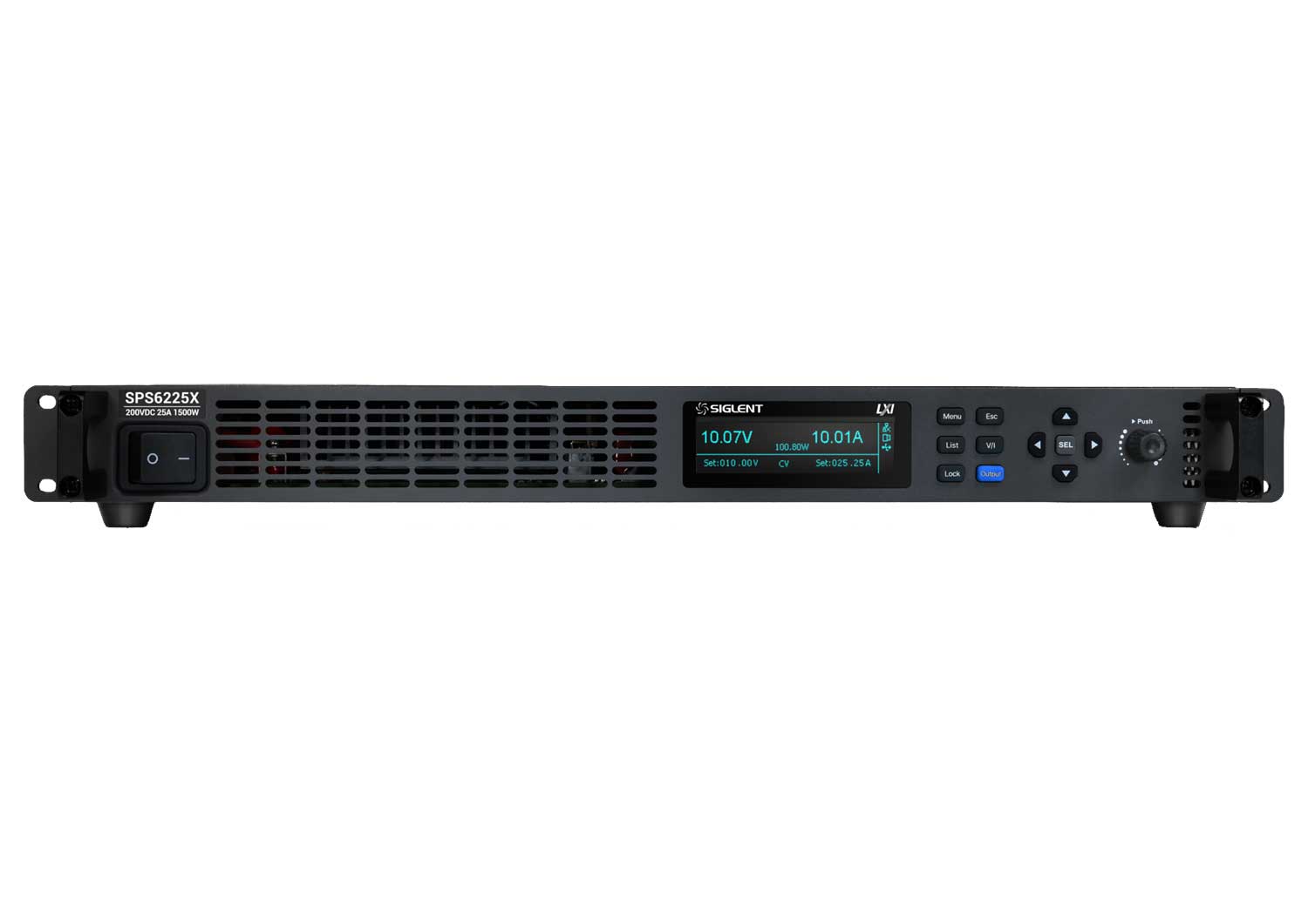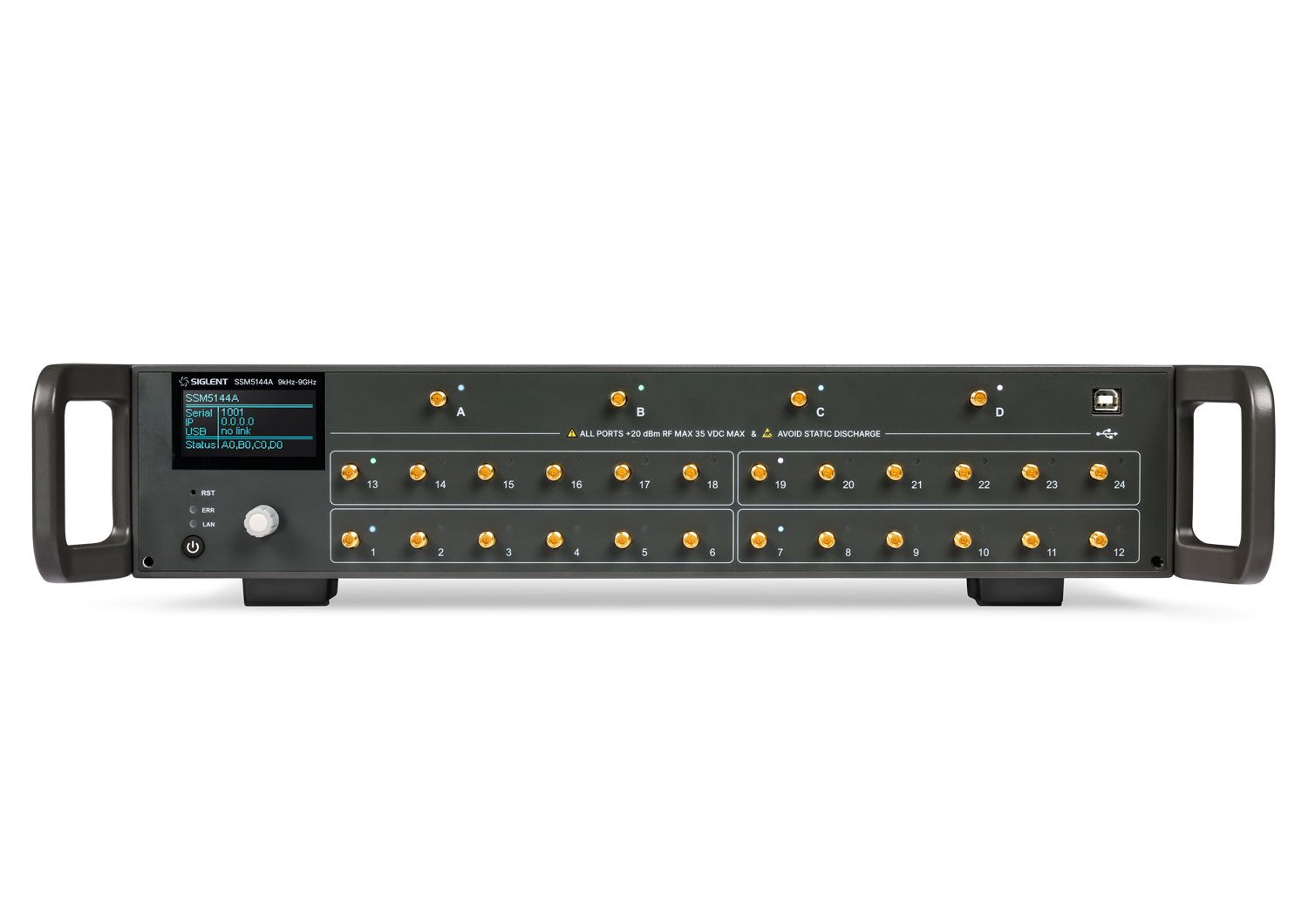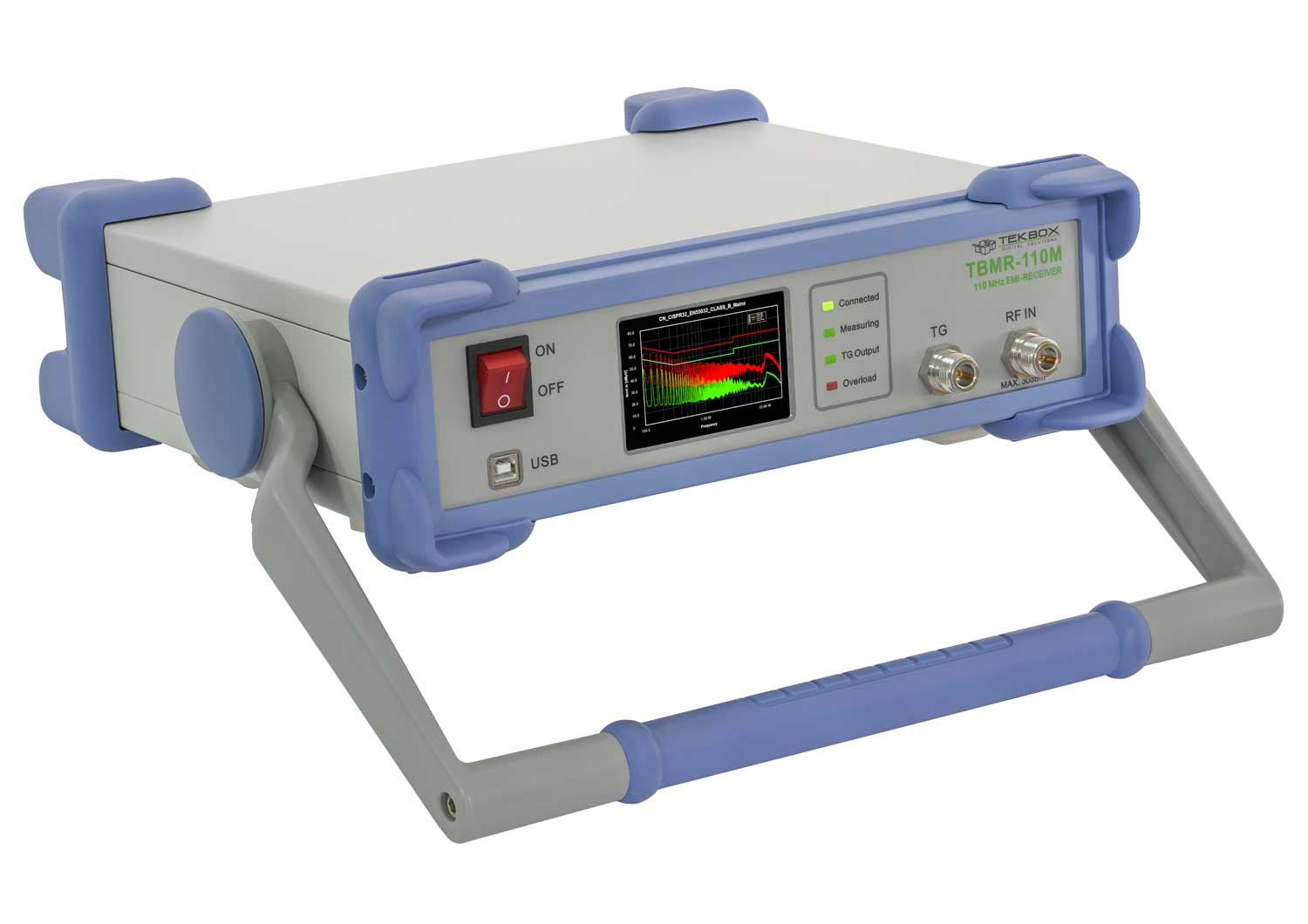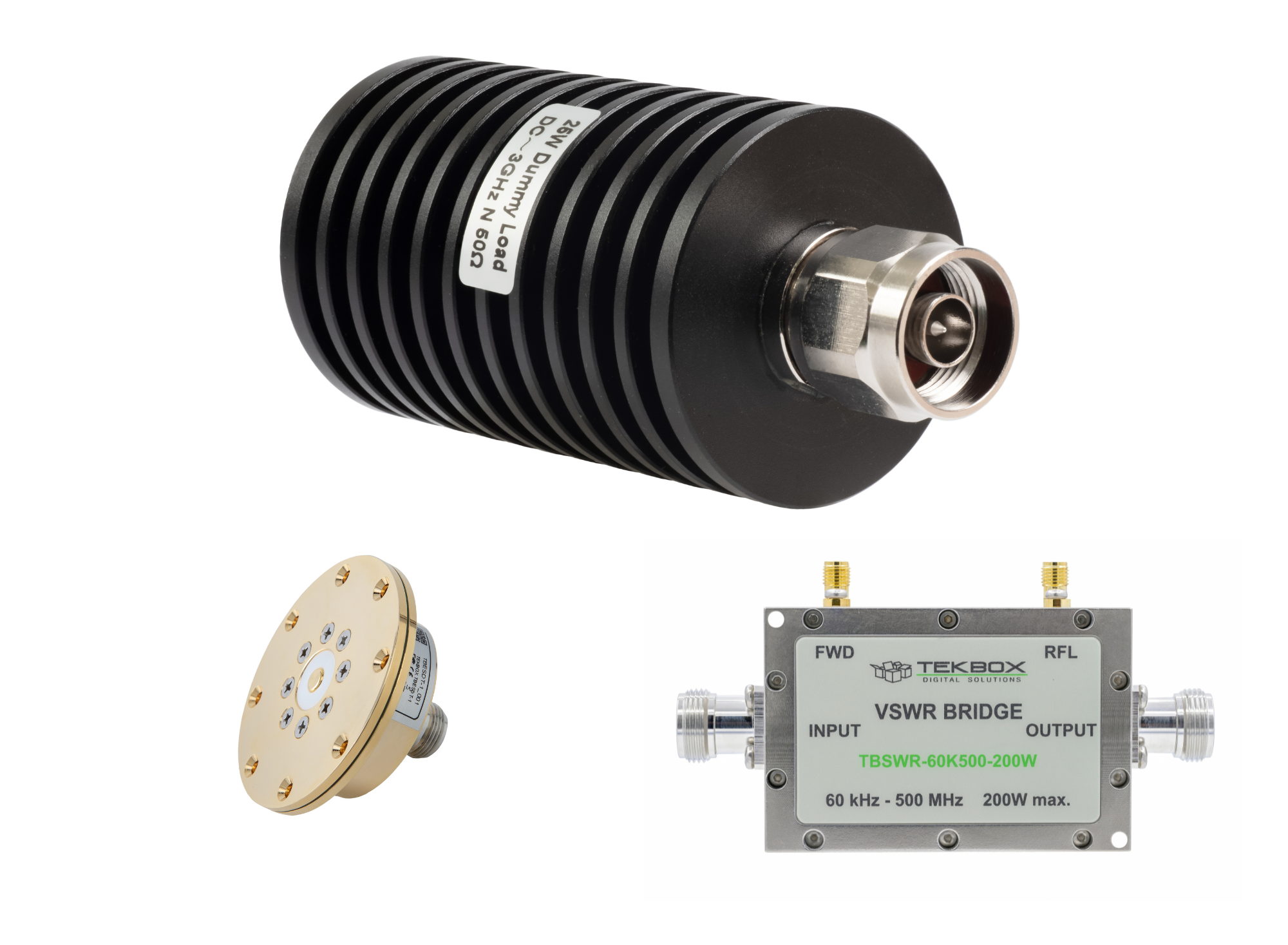The DM3068 is capable of a reading rate of 2000 readings/sec when controlled via USB, Ethernet, or serial bus.
This article provides the sequence of commands to enable DCV measurements at the fastest rate.
The LabVIEW 2010 VI allows remote programming of the instrument for fast data collection. You can download the software file here.
We created DM3068FastData.VI to allow users to remotely program Rigol DM3068 Digital Multimeters. It is built using LabVIEW 2010 and utilizes National Instruments VISA for communication over USB.
The program allows users to select DC Volts or DC Current and acquire data as quickly as possible (2K readings/sec).
Steps:
1. Connect power cord to instrument
2. Connect USB cord to instrument and PC. The PC should recognize the DMM and notify you that a new Test and Measurement Device (IVI) has been connected.
3. Connect the DMM to the circuit or device of interest.
4. Select the instrument of interest from the VISA Resource Name Drop down
5. Select the Measurement Function of interest
6. Select the NPLC’s (Measurement integration rate) and number of measurements
7. If you would like to save the data, check the “Save Data?” checkbox. This will allow you to select the location of the saved Text File.
8. Once the instrument is configured for the measurements, just press the LabVIEW Run arrow to run the program.
9. Then press “RUN” to execute the commands.
10. As the instrument collects data, it will place the new readings in the Data indicator.
11.After the instrument has performed all of the measurements selected, the program will finish. If you have selected the “Save Data?” option, select the location and enter a file name with either TXT or CSV as the extension to save. NOTE: If you cancel the data save, a LabVIEW error will appear.. press continue.
File Format: The saved file is formatted with the date, time, and function header followed by comma separated readings.
Figure 1: A test file saved as a *.TXT file.
If you open the file using a spreadsheet program such as Excel(c) or OpenOffice Calc, you can disable all of the delimited values:





























































































 FREE SHIPPING £75+
FREE SHIPPING £75+
 CELEBRATING 50+ YEARS
CELEBRATING 50+ YEARS
 PRICE MATCH GUARANTEE
PRICE MATCH GUARANTEE




